In 1176, a Sicilian ambassador, who was in England to discuss Joan's marriage to William II of Sicily, wrote that he found the eleven-year-old princess to be a beauty. The image below is taken from a genealogical roll of the kings of England, it certainly shows she was a pretty girl.
History tells us that Joan and her brother, King Richard I had a close relationship, but this did not stop her being angered by his suggestion that she marry a brother of Saladin, the leader of the Islamic forces during the Crusades. However, negotiations came to nothing and Joan married Raymond, Count of Toulouse, in 1196.
It has been written of Joan that she was 'a woman whose masculine spirit overcame the weakness of her sex' a reference maybe to her heading a force during a siege of a castle while her husband was elsewhere. It is also claimed that showed that she was made of stronger stuff when she avenged her brother's death by having the man who killed him blinded and then flayed alive. However, this story if it be true at all has been linked to their mother, or to Marcadier, a general in the king's army.
In her marriage to Raymond of Toulouse, Joan gave birth to two children, Raymond in 1197 and a child in 1199, however, within a few weeks of the birth Joan was dead.
As a mark of her devotion, she was buried at her brother's side at Fontevraud Abbey.


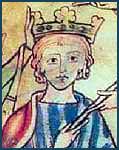
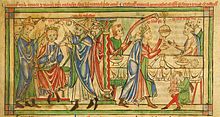
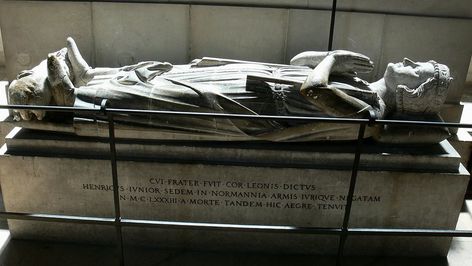

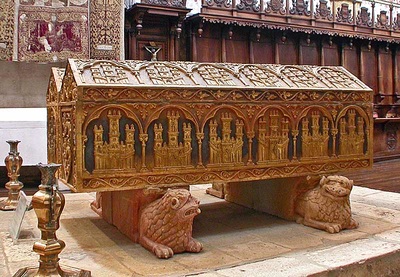
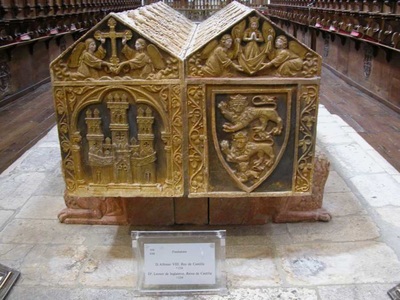

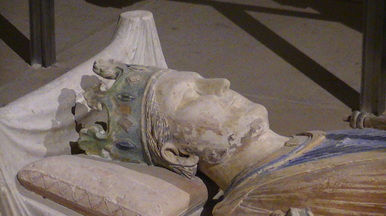
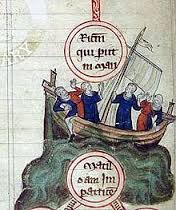
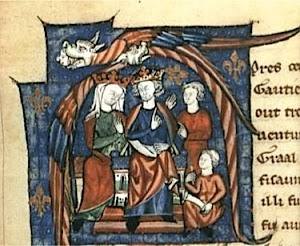
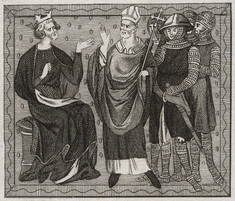
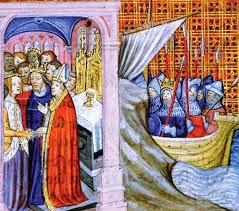
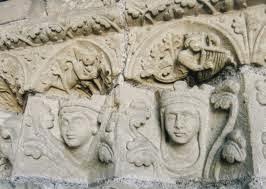
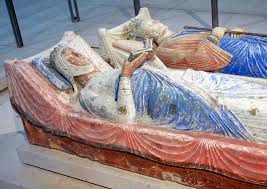

 RSS Feed
RSS Feed
